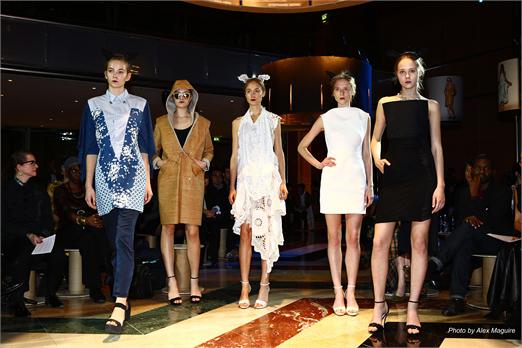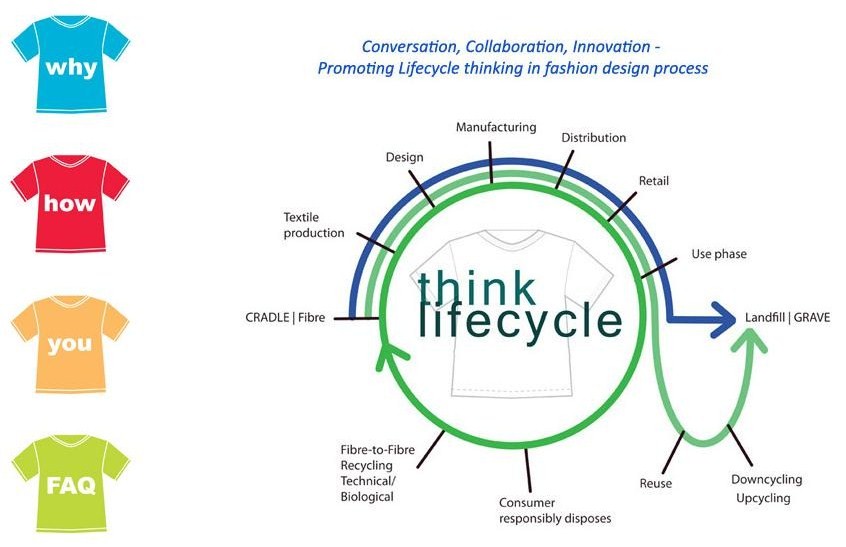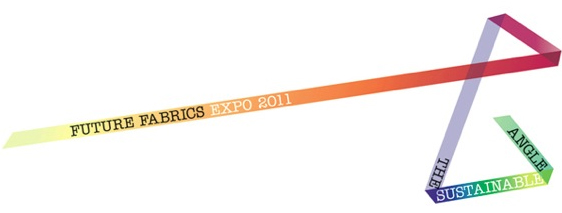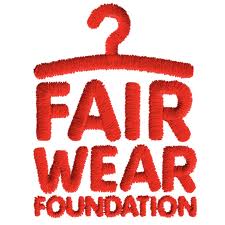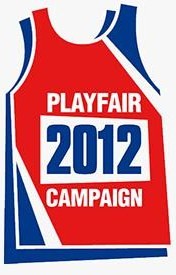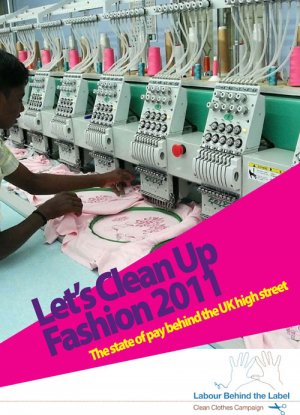This post was written by Maya Kenova and Audrey Vincent, post-graduate students in the Applied Imagination course at Central Saint Martins and creators of Common Fashion and Fashion Etiquette Insider projects. In this post, they share their individual journeys toward responsible fashion design, marketing and consumption, harnessing creativity and imagination.
VOICES // a feature space on SA where select community members are invited to share their journey in responsible design. What’s your story?
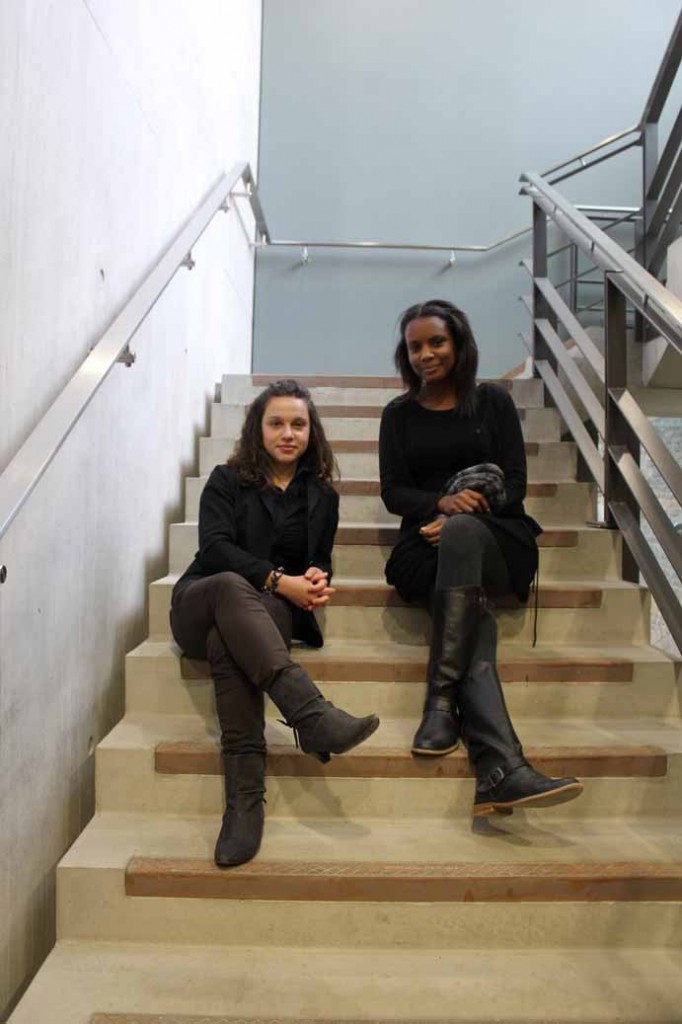
Maya Kenova
The moment I moved to London, the moment I discovered it had much more to offer in terms of sights and attractions. Tourists, as well as locals, enjoy the outside view of Buckingham palace as much as the inside experience of Primark. I witnessed this trend of people investing in their wardrobes every week and throwing clothes away after wearing them just a couple of times and I wanted to change this.
With no experience in Fashion Design, I knew I could not offer any well-designed, sustainable clothing solution. However, as someone who is deeply interested in understanding consumer behavior and motivations, I decided to tackle the problem from a psychological perspective. Therefore, my options were narrowed down to two: convince customers to decrease their levels of clothing consumption or make them reduce their disposal of their clothes.

Convincing people to buy less and voluntarily adopt a frugal lifestyle in this era of overabundance and overconsumption is extremely difficult. As a result of my investigation of people’s attitudes and buying behavior towards fashion in general, the focus of my research efforts shifted from encouraging people to buy less to making them attach greater value to their clothes.
“Through my work, I explore how digital media might increase our feelings of attachment to our clothes, strengthen our relationship with and reduce our disposal of them.”
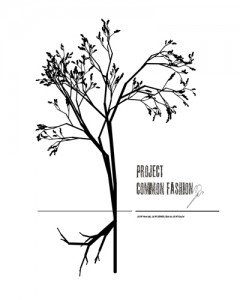 With the rise of technologies, inviting self-reflection and supporting personal sense-making, I started investigating, designing, and evaluating different online methods of engaging the user in a meaningful personalization of apparel process. Through my work, I explore how digital media might increase our feelings of attachment to our clothes, strengthen our relationship with and reduce our disposal of them. I determined that customization, and ultimately consumption, can become a more meaningful and thought-provoking experience for the consumer. Therefore, I started developing different online customization tools, triggering self-reflection via thought-provoking questions and storytelling. Each online method represents different self-reflective activity and generates personalized visual outcome. What would happen if we could discover aspects of our personalities in the course of individualizing our garments? What if this personalization process could also let us leave an imprint of our personality on its visual outcome? Would this help us get closer to ourselves, become more attached to our possessions, and ultimately protect the environment from further pollution? My answer is Yes, Definitely!
With the rise of technologies, inviting self-reflection and supporting personal sense-making, I started investigating, designing, and evaluating different online methods of engaging the user in a meaningful personalization of apparel process. Through my work, I explore how digital media might increase our feelings of attachment to our clothes, strengthen our relationship with and reduce our disposal of them. I determined that customization, and ultimately consumption, can become a more meaningful and thought-provoking experience for the consumer. Therefore, I started developing different online customization tools, triggering self-reflection via thought-provoking questions and storytelling. Each online method represents different self-reflective activity and generates personalized visual outcome. What would happen if we could discover aspects of our personalities in the course of individualizing our garments? What if this personalization process could also let us leave an imprint of our personality on its visual outcome? Would this help us get closer to ourselves, become more attached to our possessions, and ultimately protect the environment from further pollution? My answer is Yes, Definitely!
Audrey Vincent
While studying for a degree in fashion marketing and management in France I barely came across the matter of ethics or sustainability. So, it is easy to imagine my surprise when I went to a seminar on sustainability in fashion during the Green Week organized by my university.
“When I finished my BA in Paris and started looking for opportunities, something felt kind of off, there was something missing in the fashion industry.”
I come from a quiet town near Versailles in Franceand in 2010 I graduated with a BA in Fashion marketing. While studying, I worked in various mass market sales jobs, few luxury stores and experienced working in product management, trend forecasting and buying through internships. When I finished my BA inParisand started looking for opportunities, something felt kind of off, there was something missing in the fashion industry. That’s when I decided to move toLondonwere there seemed to be more opportunities and open minds.


I enrolled at Central Saint Martins to do a Masters in Applied Imagination. With this Masters I had a great opportunity to work on a project of my choice and apply my imagination. After that seminar during the University’s Green Week, I had a breakthrough moment and discovered what fashion could be, and what it could do for people in the world. That’s why I decided to dedicate my research to sustainable fashion and to develop a project aimed to introduce the matter of ethical fashion to young individuals using creativity game and play in order to help them understand the benefits of slowing down fashion.
I believe that the responsibility lies on both sides: on one side consumers have to be briefed and prepared while on the other side the brands need to provide ethical products so that they can meet half way. I believe that it could be that simple. It might take time but I picked a side and started.
Project Links //
Fashion Etiquette Insider
Common Fashion

